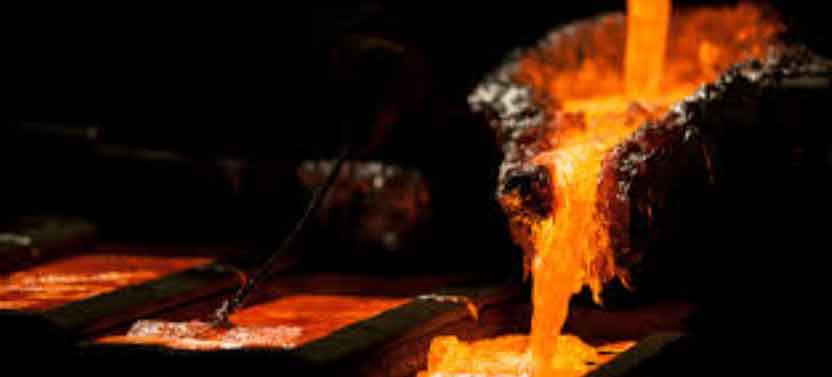
Ensuring quality control is crucial when working with casting suppliers in China. Here are some key aspects of quality control in the Chinese casting industry:
- Certifications and Standards: Verify that the casting supplier holds relevant certifications and complies with international standards, such as ISO 9001 for quality management systems. Look for additional certifications specific to the casting process, such as ISO 16949 for automotive applications or AS9100 for aerospace.
- Supplier Evaluation: Conduct thorough evaluations of potential casting suppliers before engaging in business. Assess their track record, production capabilities, quality control processes, and reputation in the industry. Request samples, visit the facilities if possible, and assess their overall commitment to quality.
- Quality Assurance Processes: Ensure that the casting supplier has robust quality assurance processes in place. This includes inspection and testing at various stages of production, including incoming raw materials, in-process inspections, and final product verification. Inquire about the types of inspection equipment and testing methodologies used.
- Documentation and Traceability: The casting supplier should maintain proper documentation and traceability throughout the production process. This includes material certifications, inspection reports, dimensional records, and any additional quality-related documentation. Traceability helps identify any issues, track the source of defects, and maintain accountability.
- Statistical Process Control (SPC): Encourage the use of statistical process control methods to monitor and control the casting process. SPC involves collecting and analyzing data at different stages of production to ensure consistency and identify any trends or deviations that may affect quality. SPC can help prevent issues before they escalate and ensure ongoing process improvement.
- Non-Destructive Testing (NDT): Consider the use of non-destructive testing techniques such as X-ray, ultrasonic testing, or liquid penetrant testing to detect internal defects in castings. NDT provides additional assurance of the quality and integrity of the cast components.
- Auditing and On-Site Inspections: Regularly conduct audits and on-site inspections to assess the casting supplier’s quality control processes and verify their compliance with agreed-upon standards. This allows for direct observation of operations, identification of potential issues, and collaboration on continuous improvement initiatives.
- Open Communication: Establish clear lines of communication with the casting supplier to address any quality concerns promptly. Maintain regular communication channels for feedback, sharing specifications, and addressing any deviations from the agreed-upon quality requirements.
By implementing these quality control measures, businesses can ensure consistency and reliability when working with casting suppliers in China. Establishing a strong partnership, promoting collaboration, and maintaining a focus on continuous improvement will further enhance the quality control process and contribute to successful casting production.
